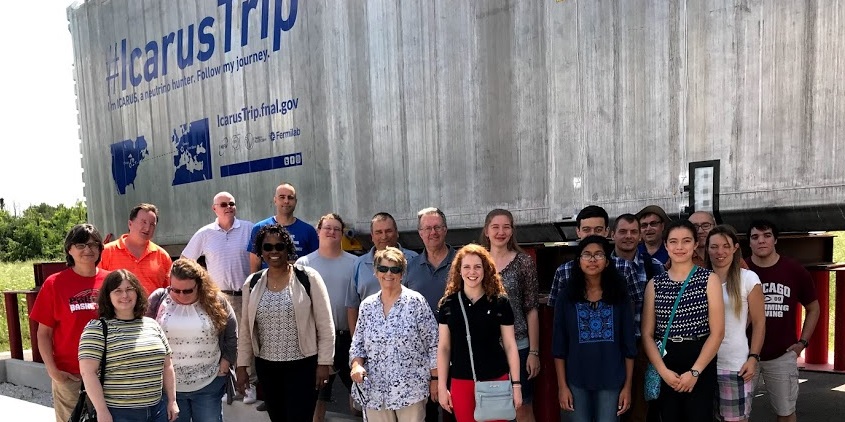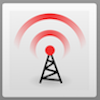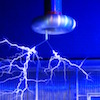Friday Flyer - October 19, 2018

Spotlight on the Fermilab/University of Chicago QuarkNet Center
Summer 2018 was a busy one, with 15 teachers taking part in a workshop and four students involved in a summer research experience thanks to funding secured through the College of DuPage. During the summer research experience, student pairs worked with mentor scientists on a research topic, then presented their work to an audience including parents, QuarkNet teachers, and Fermilab scientists at the end of their six-week experience. During their time at Fermilab, students also attended several lectures and toured several experiments. The three-day teacher workshop centered around the LIGO e-Lab and gravitational waves, but teachers were also able to hear from Fermilab scientists on topics such as quantum computing and neutrinos. The picture shows both teachers and students on tour at the ICARUS detector now located at Fermilab.


News from QuarkNet Central
World Wide Data Day (W2D2) is on November 15; teachers, please register for W2D2 by Tuesday, October 30. This year we're featuring new cool data displays for both CMS and ATLAS. No travel necessary, as W2D2 can be done from the comforts of your own classroom without a physicist though it's nice to have one if you can. Keep in mind that International Cosmic Day is on November 29; then masterclass registration is not far behind. The library for LHC masterclasses 2019 is now posted. On this site, choose the MASTERCLASSES button near the top and then choose LHC PROJECT MAP from the drop-down.

Physics Experiment Roundup
What will consist of an acrylic vessel featuring 12-foot-tall transparent tanks with 1-inch-thick walls and will be located a mile under the Black Hills of South Dakota? The answer: The LUX-ZEPLIN (LZ) dark matter search detector. Learn more about the LZ detector in this article from Interactions.org. Speaking of dark matter, see how Fermilab scientists are using quantum technology in the search for dark matter.

Resources
Ars Technica has had a popular photo tour of CERN around since 2010, but according to a recent tweet, readers have been looking for more explanation regarding how CERN works. In response, they plan to produce a series of videos with more detailed explanations; the first in this series, this video is about how to get particles to move at nearly the speed of light. From symmetry, five mysteries the Standard Model can't explain, including "Why do neutrinos have mass?" And finally, here's Don Lincoln's recent short video on time crystals.

Just for Fun
Look closely at this new Swiss banknote; notice anything special? You (probably) got it! Like the other banknotes as part of this new series, this 200 franc features something Swiss; in this case, CERN and the transformation of matter and energy in the LHC.
QuarkNet Staff:
Mark Adams: adams@fnal.gov
Ken Cecire: kcecire@nd.edu
Shane Wood: swood5@nd.edu
